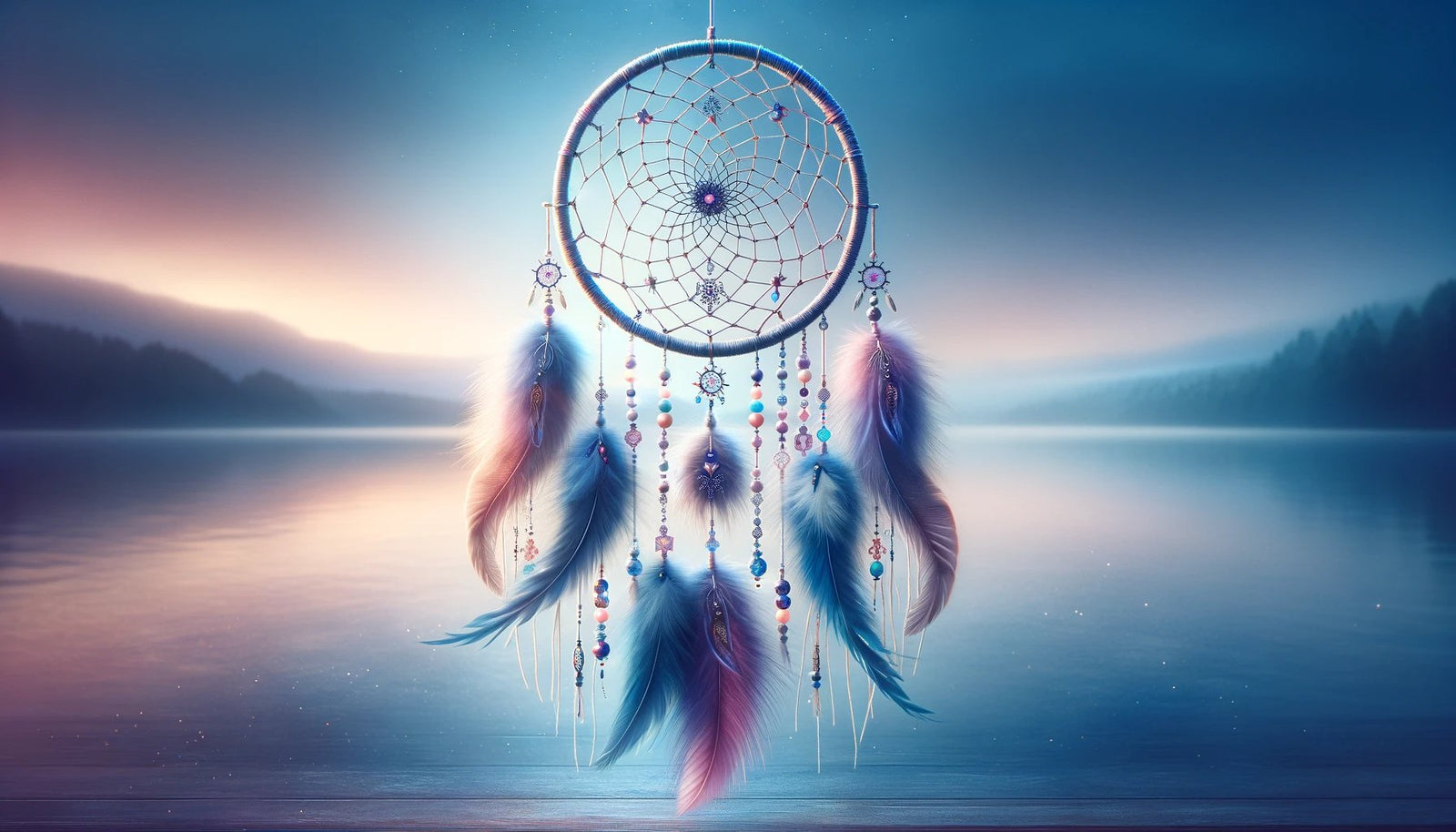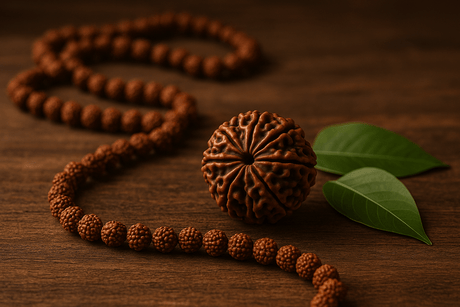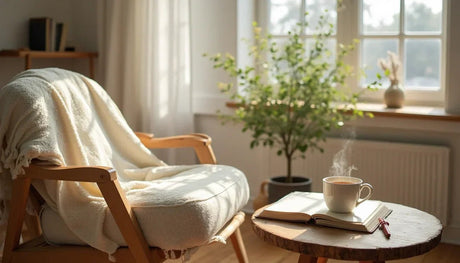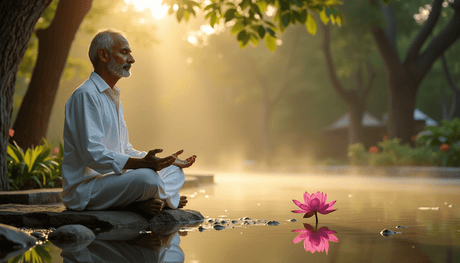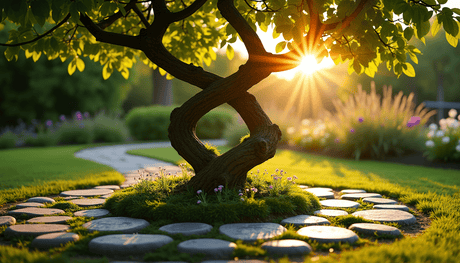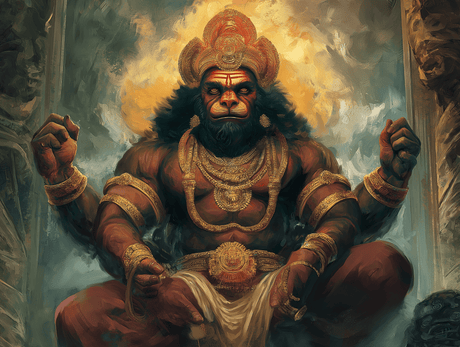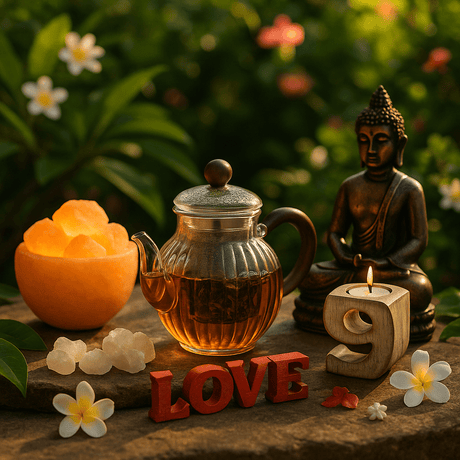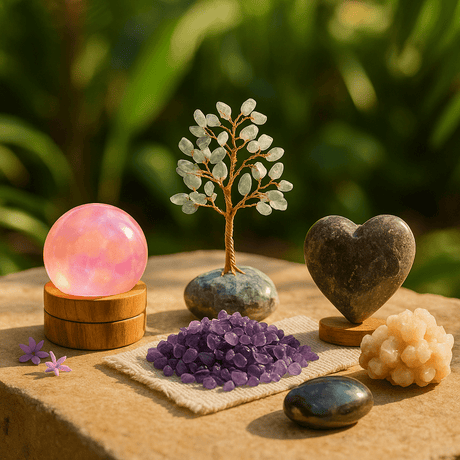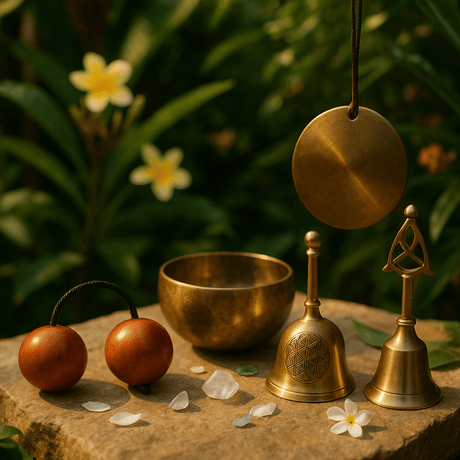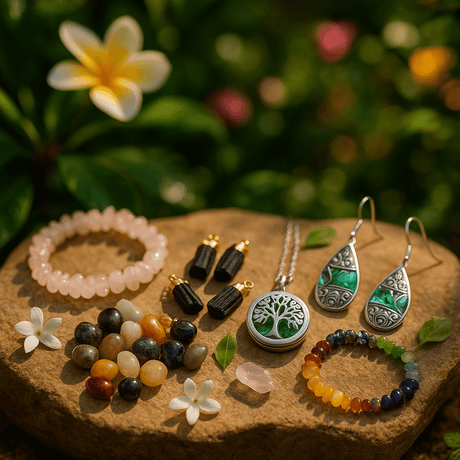Introduction 🪶
Dream catchers, with their intricate webs and feathered beauty, have long captivated the imagination. In this article, we delve into the fascinating world of dream catchers, exploring their rich history, symbolism, and modern interpretations. Perfect for esoteric enthusiasts or anyone drawn to these mystical artifacts, we'll unravel the threads of this ancient tradition.
The Origins and Historical Roots ✨
The detailed history of dream catchers is rich and multifaceted, deeply rooted in Native American culture, primarily originating from the Ojibwe or Chippewa people. These enigmatic objects have evolved and been adopted by various cultures, each infusing their unique interpretations and styles.
Native American Origins: The Ojibwe Legend
The Ojibwe word for a dream catcher, 'asabikeshiinh', translates to 'spider'. This term reflects the legend of the Spider Woman, known as Asibikaashi. She played a crucial role in the lives of the Ojibwe people, especially in protecting infants. As the Ojibwe nation expanded, Asibikaashi found it challenging to reach all infants, so the mothers, sisters, and grandmothers began crafting dream catchers. These dream catchers were made using hoops from willow twigs and designed to mimic a spider's web, effectively filtering dreams. The good dreams would pass through the center hole and glide down the feathers to the sleeping individual, while the bad dreams would be caught in the web and destroyed by the morning sun.
Spread and Evolution
The popularity of dream catchers extended to other Native American tribes, each adding their distinct touches, contributing to the rich tapestry of stories and designs we see today. During the Pan-Indian movement in the 1960s and 1970s, Ojibway dream catchers started to gain widespread acceptance among different Native American tribes, including the Cherokee, Lakota, and Navajo. This movement not only popularized dream catchers across various tribes but also led to a broader recognition of their cultural significance.

Design and Symbolism 🪶
Dream catchers, with their intricate designs and spiritual significance, are more than just a cultural artifact; they are a symbol of ancient wisdom and artistry. Each element in their design, from the hoop to the beads, carries a deep meaning connected to nature and spirituality.
Traditional Elements
- Hoop: The hoop is the foundation of a dream catcher, symbolizing the circle of life. It reflects the continuous flow of life and the eternal cycle of the sun and moon. Traditionally made from a bendable branch, such as willow, it holds everything together, just like the circle of life encompasses all experiences.
- Web: The web, intricately woven within the hoop, represents unity and the weaver of fate. It's believed to capture bad dreams, trapping them until they disappear with the morning light. The design is inspired by a spider's web, symbolizing protection and creative power.
- Feathers: Feathers hanging from the dream catcher serve a dual purpose. They are not only decorative but also symbolize breath or air, essential for life. In many cultures, feathers are seen as messages from the spiritual world, guiding good dreams and thoughts to the sleeper.
- Beads: Beads are often threaded onto the dream catcher, with each bead representing a different life stage or a form of spiritual energy. They add color and personality to the dream catcher, making each one unique.
The Number of Points on the Woven Web 🕸️
The design of the web in a dream catcher is not just for aesthetics; the number of points where the web connects to the hoop has specific meanings:
| Number of Points | Symbolism |
|---|---|
| 5 Points | Represents a star in the sky |
| 6 Points | Symbolizes an eagle, a sacred bird |
| 7 Points | Refers to the seven prophecies |
| 8 Points | Represents the Spider Woman in Native American culture |
| 13 Points | Denotes the thirteen moon phases |
Color Significance
- Black: This color is often associated with protection. It's believed to absorb negative energy, creating a barrier against bad dreams and thoughts.
- White: Symbolizing purity and light, white in a dream catcher is thought to bring clarity, peace, and positive energy to the sleeper.
- Red: Often seen as the color of strength and vitality, red can represent the blood of life in dream catcher symbolism.
- Blue: This color is connected to calmness and tranquility, evoking a sense of peace.
- Green: Symbolizing growth and harmony with nature, green in a dream catcher can represent a connection to the earth.
- Yellow: Associated with the sun and new beginnings, yellow brings hope and happiness.
Each element in a dream catcher's design, from the colors to the number of points in the web, contributes to its overall symbolism, making it a deeply meaningful and personal artifact.

Making and Care of Dream Catchers ✨
Creating a dream catcher is a beautiful process that involves both creativity and respect for tradition. Here's a simplified guide to making your own dream catcher:
Crafting Your Dream Catcher
- Choosing the Hoop: Start with a hoop. Traditionally, these were made from willow or sinew, but today, metal or wooden hoops are also common. The size depends on your preference.
- Selecting the String: The string is used for wrapping the hoop and creating the web. Choices range from embroidery floss, twine, to suede cord. Colors can vary based on personal preference.
- Picking Feathers: Feathers are attached at the bottom. You can use turkey, pheasant, goose, or even synthetic feathers, depending on availability and ethical considerations.
- Choosing Beads: Beads add extra flair to the dream catcher. Opt for beads with large holes for easy stringing, and match them with the overall color scheme.
- Creating the Hoop: Wrap your selected hoop with suede or leather cord for a finished look.
- Weaving the Web: Start at the top of the hoop, looping the string around and creating knots to form a web. Keep a small hole in the center.
- Adding Feathers and Beads: Tie feathers at the bottom of the dream catcher. Beads can be threaded onto strings or attached to the feathers.
Maintaining Your Dream Catcher
- Regular Cleaning: Use a soft brush or feather duster to gently remove dust. Handle delicately to avoid damaging the strings and feathers.
- Avoid Moisture: Dream catchers can be sensitive to moisture. Keep them away from humid areas and let them air dry if they get wet.
- Careful Storage: When not in use, store your dream catcher in a cool, dry place, preferably wrapped in a soft cloth or tissue paper.
- Repairs: If your dream catcher gets damaged, use extra string, feathers, and beads for repairs. Needle and thread can be used for reattaching any loose parts.
Making a dream catcher can be a rewarding experience, allowing for personalization and creativity. While crafting, it’s important to understand and respect the cultural significance of dream catchers. When maintained well, they can be a cherished part of your space for years.

Practical Usage of Dream Catchers 🪶
Placement and Function
The traditional placement of a dream catcher is quite significant. It's usually hung above the bed, particularly where the morning sunlight can reach it. This position is not just for aesthetics; it plays a crucial role in the dream catcher's function.
- Catching Dreams: According to Native American beliefs, the dream catcher acts as a filter for dreams. The bad dreams get caught in the web and are destroyed by the first rays of the morning sun, while the good dreams find their way through the center of the web, sliding down the feathers to the sleeper.
- A Guardian in the Night: By hanging the dream catcher above the bed, it's believed to guard the sleeper from negative dreams and energies, ensuring a peaceful night's sleep.
Energetic Influence
Dream catchers are more than just decorative items; they're believed to have an energetic influence on the sleeper.
- Interacting with Energy: The dream catcher is seen as a tool that interacts with the energy of the sleeper. It's thought to capture and hold onto the negative energy that can come from bad dreams or external sources.
- Promoting Positive Energy: Beyond just trapping bad dreams, dream catchers are also believed to promote positive energy and thoughts. The gentle movement of the feathers and beads in the night air can create a sense of calm and serenity.
- Symbol of Protection: Many people feel a sense of protection and comfort from having a dream catcher nearby, contributing to better sleep and a peaceful mind.
In essence, dream catchers serve a dual purpose - they are not only beautiful pieces of art but also carry a deeper significance in promoting good sleep and positive energy. Their traditional use and beliefs surrounding them make them a unique and cherished element in many homes.
Optimal Placement of Dream Catchers in Your Home ✨
Dream catchers are versatile and can be placed in various locations around your home or space. Each placement can offer different benefits and aesthetic appeals.
Bedroom
- Above the Bed or Window: The most traditional and popular spot is above the bed. This placement aligns with the dream catcher's original purpose - to filter dreams and promote restful sleep. Hanging it on the bedroom window is also effective, allowing it to catch the first rays of morning light.
Living Room
- Window or Wall: In the living room, a dream catcher can serve as a focal point when hung on a window or wall. It's believed to bring calm and positive energy, making it a perfect addition to a space where family and friends gather.
Office or Study Area
- Near the Work Desk: Hanging a dream catcher in your office or study area can create a supportive and inspiring environment, potentially aiding in reducing stress and enhancing creativity.
Meditation or Quiet Spaces
- Visible Wall: For meditation areas, placing the dream catcher on a visible wall can help focus and enhance the tranquil atmosphere. Combining it with other elements like candles or stones can amplify its calming effect.
Entryways or Doorways
- Above Doorways: Placing dream catchers in entryways or doorways can offer a sense of protection and welcoming energy to all who enter.
Balcony or Outdoor Areas
- Balcony Corners or Trees: If you have an outdoor area or balcony, consider hanging your dream catcher there. It can add a touch of nature-inspired charm and also catch the gentle breezes.
Vehicles
- Rearview Mirror: A mini dream catcher can be hung on the rearview mirror of your car, symbolizing joy and protection during your travels.
Personal Accessories
- Earrings or Necklaces: Dream catchers can also be miniaturized into accessories like earrings or necklaces, adding a unique and meaningful touch to your outfit.

Remember, the placement of a dream catcher is not just about aesthetics but also its purpose. Whether for spiritual reasons or as a decorative piece, choose a location that resonates with you and complements the dream catcher's traditional role of guarding sleep and promoting positive energy.

Conclusion
Dream catchers, rich in cultural and spiritual significance, serve as more than just beautiful decorations. They embody ancient traditions, offering protection and positive energy. SHAMTAM celebrates this heritage with a collection of authentic dream catchers, each crafted with respect for these traditional symbols. We invite you to explore our selection and find a dream catcher that connects with you, bringing its timeless beauty and spiritual essence into your home or space.
✨ Discover the perfect dream catcher for you in SHAMTAM, and embrace the unique blend of art, tradition, and spirituality they offer.
